Alright, let’s get into one of the most fascinating and honestly, kind of terrifying figures from ancient Greece. Yep, I’m talking about Medusa. She’s that snake-haired Gorgon whose stare could turn anyone to stone. But you know what? There’s actually way more to the myth of Medusa than just a scary story parents might’ve used to keep kids in line. Trust me, there are layers here: hidden meanings, ancient secrets, and even some wild scientific theories buried in this legend. So, let’s peel it all back together.
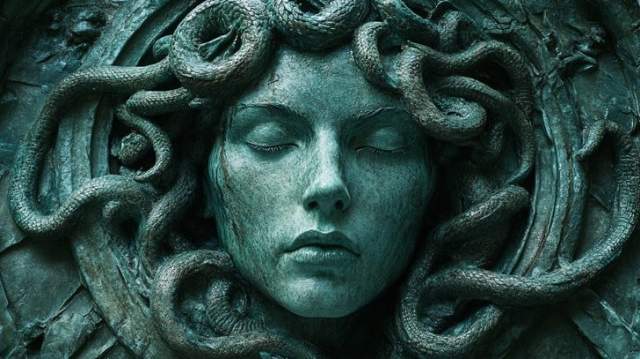
Who Was Medusa? The Ancient Myth Explained
Let’s start at the beginning and refresh our memories on the classic tale. Probably the version you know best comes from Ovid, a Roman poet who really knew how to spin a dramatic story. See, Medusa wasn’t always a monster; she was once this breathtakingly beautiful mortal woman who served as a priestess in Athena’s temple, where she had sworn off romance for good.
But then along came Poseidon, the sea god himself who either seduced her or (in some versions) assaulted her right there in Athena’s sacred space. Athena wasn’t exactly thrilled about that. Whether out of anger over her temple being violated or maybe just looking for someone to blame, she took out her rage on Medusa. Poor Medusa got transformed: her gorgeous hair became a living nest of venomous snakes and anyone who met her eyes would instantly turn to stone.
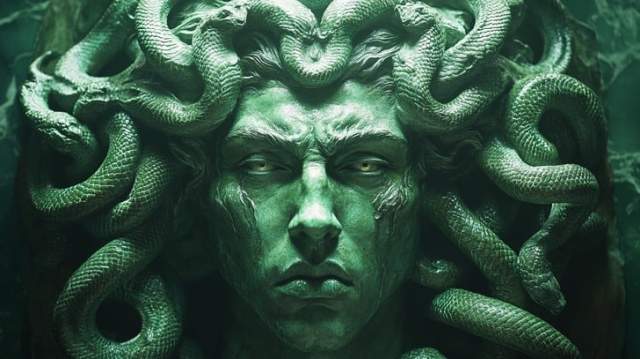
From there, Medusa was banished to a far-off island and became one of three Gorgon sisters (the other two were Stheno and Euryale, those two were immortal, by the way). So yeah, that’s the ancient myth of Medusa explained in a nutshell, setting us up for her famous showdown with Perseus later on.
Where Did the Medusa Myth Come From?
So where did such a spooky story even come from? Honestly, it’s tough to pin down the exact historical origins of the Medusa myth, because myths tend to be this messy mix of folklore, real events (sort of), and whatever people were worried about back then. Here are some theories floating around:
- Fear of Powerful Women: Some researchers say Medusa was basically how old patriarchal societies dealt with their fear of strong women or maybe she was inspired by powerful goddesses that later got demonized.
- Foreign Influences: Maybe Greeks saw scary masks or weird gods from other cultures during trade or war and thought “yikes!” then turned them into monsters like the Gorgons.
- Natural Phenomena: Or maybe people misread something totally natural (we’ll get into this with science in a bit).
Basically, these ancient Greek myths about monsters and gods helped people explain stuff they didn’t get or reinforce what society expected. And honestly? Medusa is pretty much exhibits how myths can pack a ton of complicated ideas into one unforgettable story.
What Do Medusa Snakes and That Stone Stare Even Mean?
Medusa isn’t just scary, she’s loaded with symbolism. Let’s break it down:
- Snake Hair: In ancient Greece, snakes were kind of confusing symbols. Sure, they could mean death or danger (because… venom), but they also stood for rebirth (since snakes shed their skin) and healing/wisdom (like Asclepius’ staff in medicine). So if you’re wondering about Medusa’s snake hair significance, it’s both terrifying and kind of wise, a crown that shows how much she changed.
- The Petrifying Gaze: This is her trademark move! The whole “turning people to stone” thing says a lot about fear, not just fear of dying but fear of difference (“the other”), female power, or even being so scared you freeze up inside.
- The Gorgon Head (Gorgoneion): After Perseus cut off her head, it still worked its spooky magic. Athena stuck it onto her shield for protection, it became an apotropaic symbol (basically: evil can scare away evil!). So yeah, terror flipped into protection is pretty wild when you think about Medusa symbolism in Greek mythology.
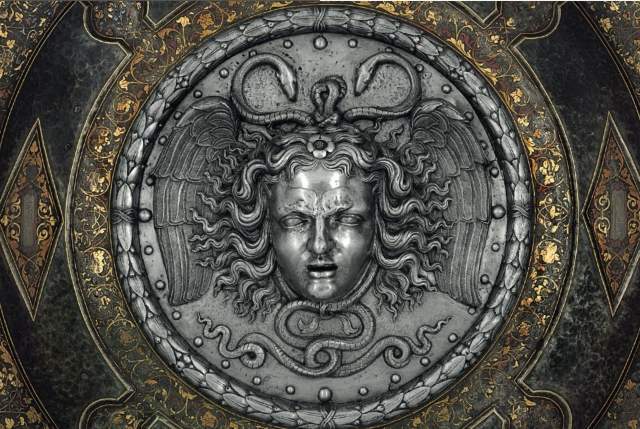
Mind Games: Psychological Takes on Medusa
It turns out psychologists have been obsessed with Medusa too! Freud had his own weird take, he said the head symbolized castration anxiety (basically he thought everything was about sex). But modern thinkers see more than that when they dig into myth interpretation:
- The “Monstrous Feminine”: This is all about how societies have freaked out over female anger or sexuality.
- Trauma & Victim Blaming: Remember how Medusa was punished after being victimized? Her story sadly reflects how survivors sometimes get demonized instead of supported.
- Facing Your Inner Monsters: The whole hero vs monster plot can stand for confronting your own deep-down fears.
When you look at the Medusa myth through psychological interpretation, you realize there are so many ways to relate or not! What jumps out at you?
Science vs Legend: Could Any Part Be Real?
Alright, no one literally turned to stone but could anything in this legend have real roots? Actually…maybe! Here are some cool ideas scientists have tossed around:
- Fossil Finds: The Greeks dug up big fossils all the time (think mammoth skulls with giant eye sockets). Add in ammonites, fossils shaped like coils and maybe those looked like snake hair? Who knows!
- Natural Preservation: Sometimes bodies found in volcanic ash or peat bogs look almost lifelike centuries later not exactly petrified but close enough to inspire stories.
- Neurological Freeze Response: When we’re super scared we sometimes freeze up paralyzed by fear but not stone! Maybe seeing someone freeze inspired part of the myth?
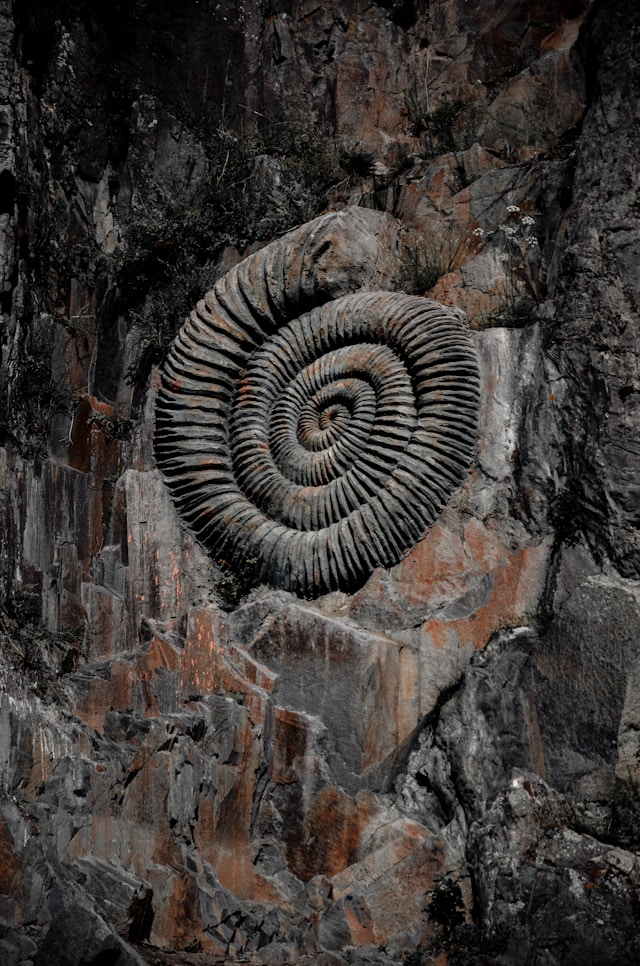
So yeah, exploring these scientific theories behind the Medusa legend doesn’t make it less magical, it actually shows us how creative people got when trying to explain their world.
Medusa Everywhere: Art & Culture
You couldn’t go far in ancient Greece without bumping into some image of Medusa or at least her head! Here’s where she popped up:
- Temple decorations as protection against evil
- Shields and armor to freak out enemies
- Pottery and coins as an iconic design
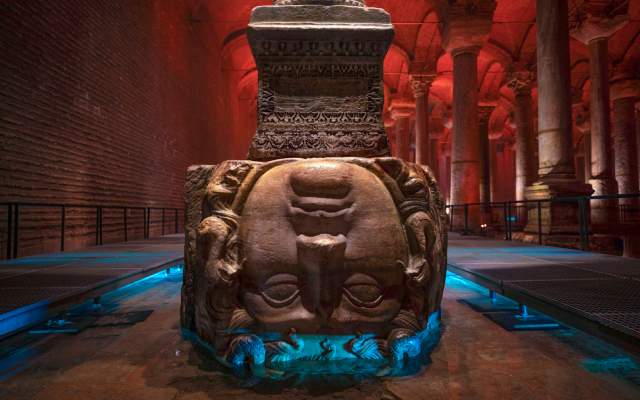
Her look changed over time too from scary monster faces with tusks and tongues sticking out to tragic beauty later on. Among all those mythical creatures from ancient Greece, somehow Medusa always stole the show.
Perseus vs. Medusa
Of course we gotta talk about Perseus, the guy who actually faced off against Medusa. He got sent on this quest by King Polydectes (who totally wanted him gone) and needed serious divine help: Hermes gave him flying sandals; Athena handed over a mirrored shield; Hades lent him an invisibility helmet; plus he had a special sword.
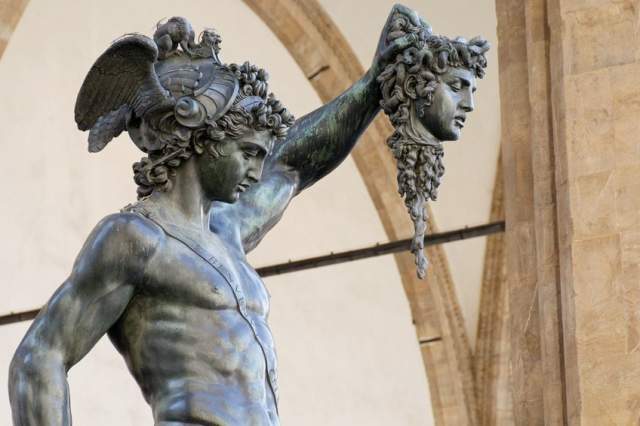
By sneaking up while watching her reflection instead of looking right at her face (smart move!), Perseus managed to behead Medusa while she slept. Out popped Pegasus (the winged horse) and Chrysaor from her neck, don’t ask too many questions there! So yeah, the whole adventure is your classic hero journey packed with clever tricks and magical gadgets.
Medusa Through Time: Her Cultural Echo
The impact Medusa has made over centuries? Pretty huge:
- Renaissance artists like Caravaggio painted her head
- Writers put her everywhere from poems to novels
- Feminists today see her as a symbol for righteous anger or empowerment
- Pop culture from movies like “Clash of the Titans” to Versace using her face as their logo!
- Even jellyfish biology uses “medusa” as a name because…well…look at those tentacles!
If you stack up the Medusa myth versus historical facts, it might seem obvious none of this literally happened, but wow did these stories shape art and thinking for ages!
The Lasting Mystery Of Gorgon Medusa
So here we are, the myth of Medusa is way more than just another scary bedtime story. It pulls together history, psychology, cultural fears, art and maybe even some fossil discoveries! She’s been called a monster and a victim; cursed but also powerful; terrifying but protective.
From breaking down what happened in that ancient myth to digging into what scientists think now, one thing’s clear: there’s something about Medusa that keeps us coming back for more. Which part sticks with you most, her tragic past, her incredible power…or just that weird feeling that these old stories still matter today? The mystery behind the Medusa curse isn’t going anywhere soon and honestly? That might be what makes it so spellbinding after all.
